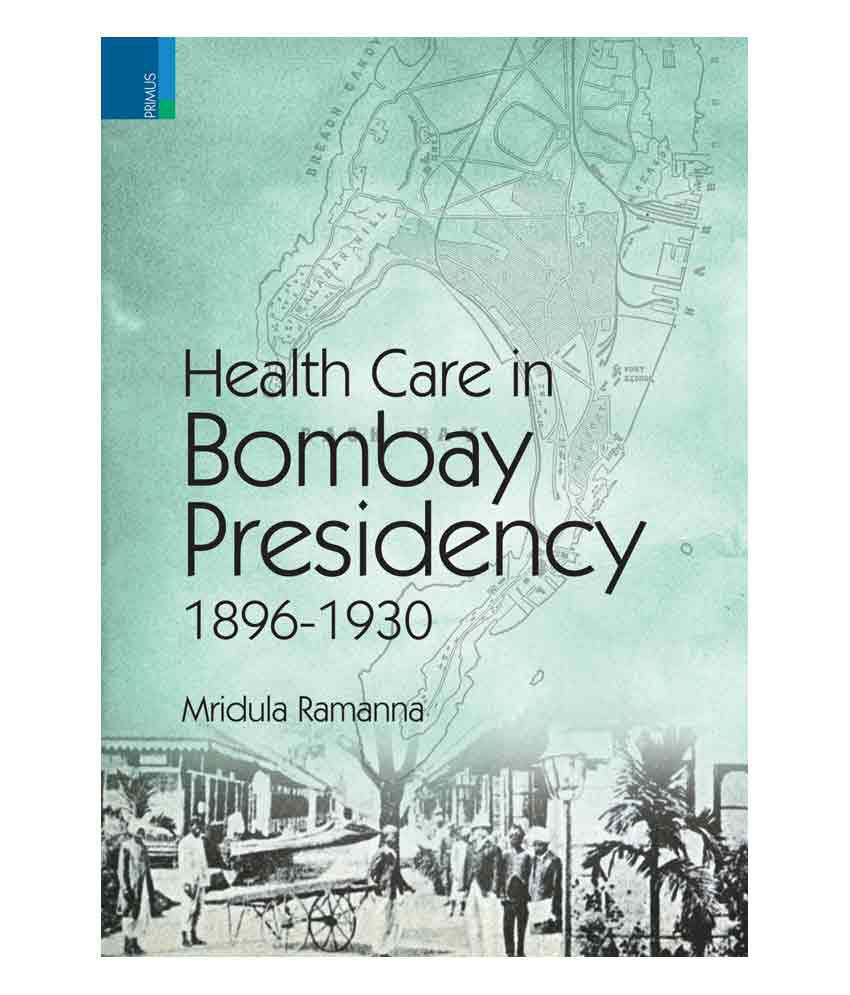Something went wrong. Please refresh the page and try again.
Something went wrong. Please refresh the page and try again.
Notifications can be turned off anytime from settings.
Item(s) Added To cart
Qty.
Something went wrong. Please refresh the page and try again.
Something went wrong. Please refresh the page and try again.
Exchange offer not applicable. New product price is lower than exchange product price
Please check the updated No Cost EMI details on the payment page
Exchange offer is not applicable with this product
Exchange Offer cannot be clubbed with Bajaj Finserv for this product
Product price & seller has been updated as per Bajaj Finserv EMI option
Please apply exchange offer again
Your item has been added to Shortlist.
View AllYour Item has been added to Shopping List
View All

No Cost EMI of Zero Emi Vendor applied on the product
You selected EMI of for monthsChangeGenerally delivered in 6 - 10 days
Item is available at . Change
You will be notified when this product will be in stock
| ||||||||||||||
This book is a study of aspects of public health in Bombay Presidency from 1896 to 1930, and is asked upon extensive primary data. It charts both the changes in the colonial plague policy, from the deadly epidemic of 1896 to the frequent epidemics that appeared in the 1900s, as well as the changes in Indian responses to that policy in different regions of the Presidency. Through a survey of unique local initiatives by activist health officials, civic leaders, and Indian doctors, efforts to bring sanitary consciousness into the public sphere, to promote preventive measures, and to tackle public health challenges like tuberculosis become apparent. The twentieth century witnessed an increasing acceptance of the idea of hospitalization and thus gave rise to the expansion of hospital facilities. This work therefore elucidates these developments through an analysis of both the funding of these expanding institutions and the classification system of admissions, as well as by providing a detailed review of maternity and mission hospitals. With these issues in mind, this work examines a range of perceptions including those of British and Indian physicians regarding the causes of high maternal and infant mortality and their suggestions to tackle it, as well as semi-official and non-official efforts to promote maternal and infant welfare. Specifically, issues such as the health of female mill workers, and the training of nurses, dais, and midwives is addressed. There was a close link between the attempts to improve the health of women and the growing number of female Indian doctors. Some of the career paths of these doctors, including their activities in the All India Women's Conference, the Association of Medical Women in India, and the National Planning Committee, are traced in this work. Through such analyses, the relative place of Western and Indian medicine in the Presidency can also be explored to reveal the manifold and complex dimensions of this encounter. This study will contribute to an understanding of the all India public health scenario of the pre-independence years, and will be of interest to scholars of history, sociology, community health, gender studies, and South Asian studies, as well as to health workers and NGOs.
About the Author
Mridula Ramanna was formerly Reader and Head of the Department of History, South Indian Education Society College, University of Mumbai, India. She has authored Western Medicine and Public Health in Colonial Bombay, 1845-1895 (2002), and contributed chapters to edited volumes: Science and Modern India: an Institutional History (2011); Science and Society in India, 1750-2000 (2010); History of Medicine in India: the Medical Encounter (2005); History and Gender: Some Explorations (2005); Colonialism as a Civilizing Mission: Cultural Ideology in British India (2004); The Spanish Influenza Pandemic of 1918-19: New Perspectives (2003); Disease and Medicine in India (2001); State Intervention and Popular Response: Western India in the Nineteenth Century (1998), and entries in Encyclopaedia of Pestilence, Pandemics and Plagues (2008) and The Dictionary of Medical Biography (2007). She has published articles in Indian Historical Review, Economic and Political Weekly, Social Scientist, Radical Journal of Health, and Indica.
The images represent actual product though color of the image and product may slightly differ.
Health Care In Bombay Presidency 1896-1930
Rs. 615
Register now to get updates on promotions and
coupons. Or Download App